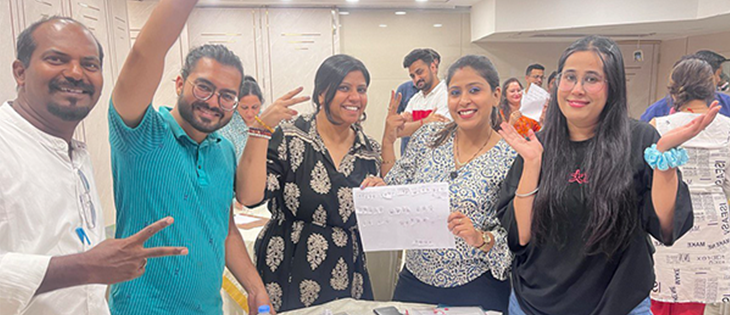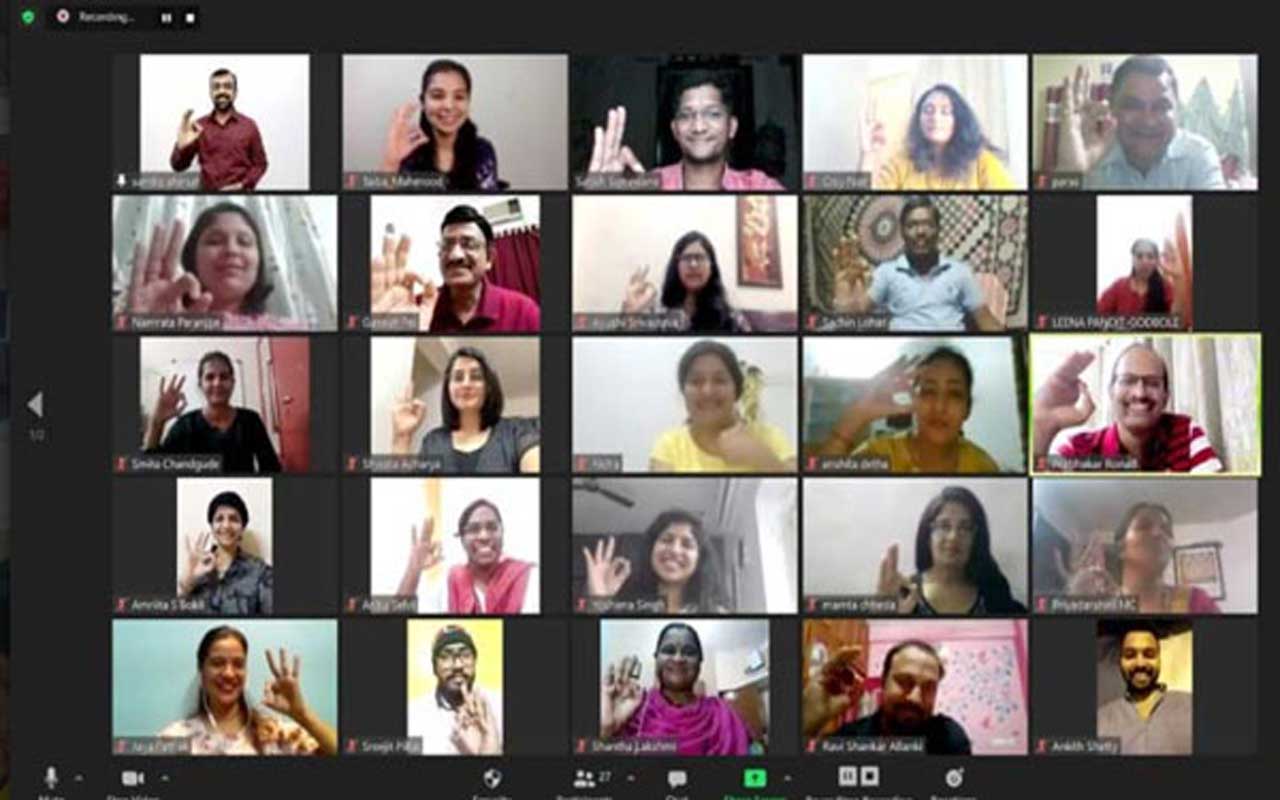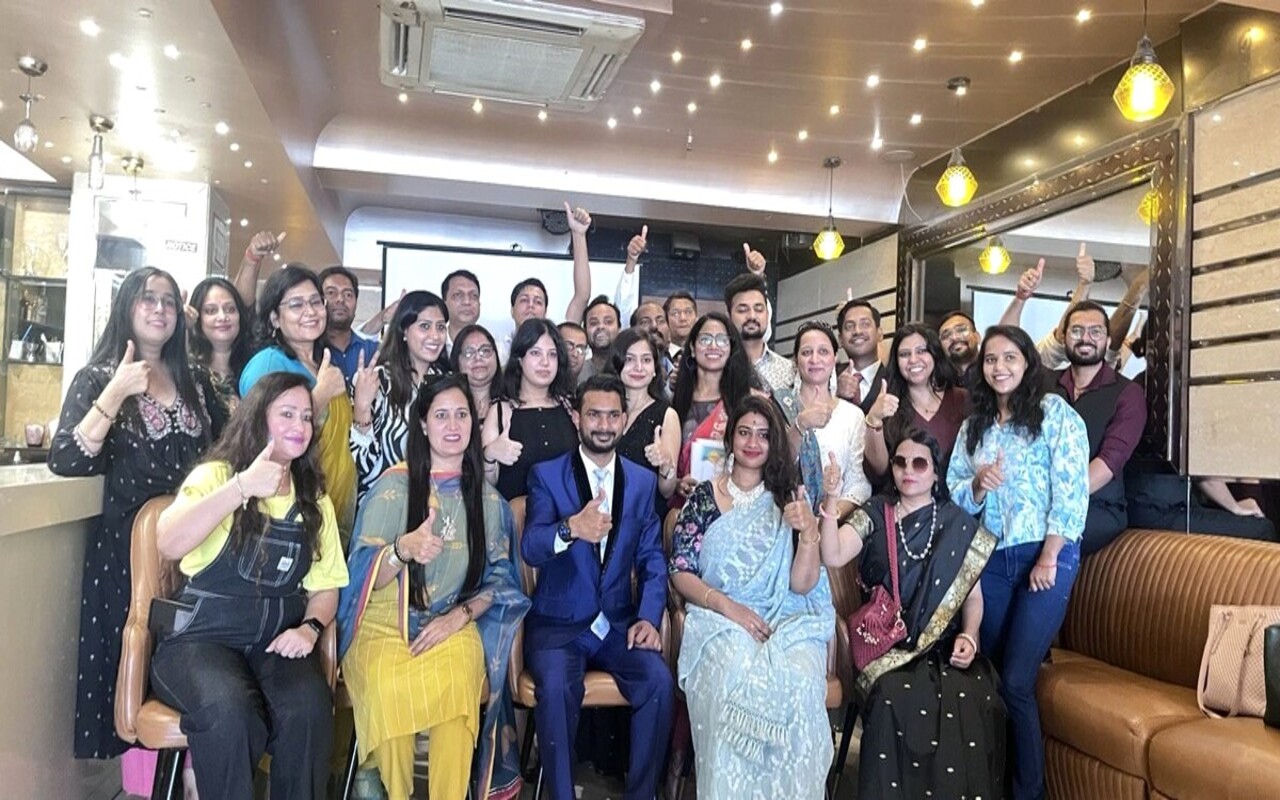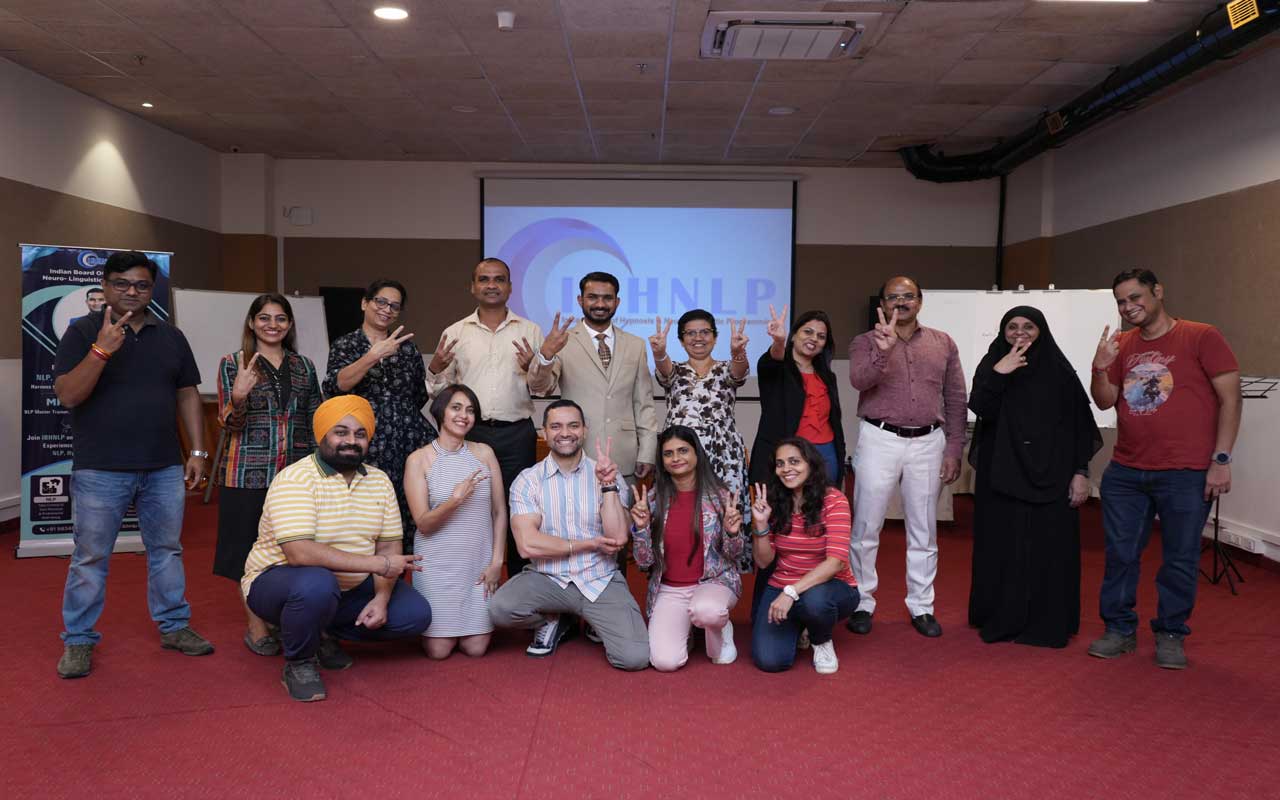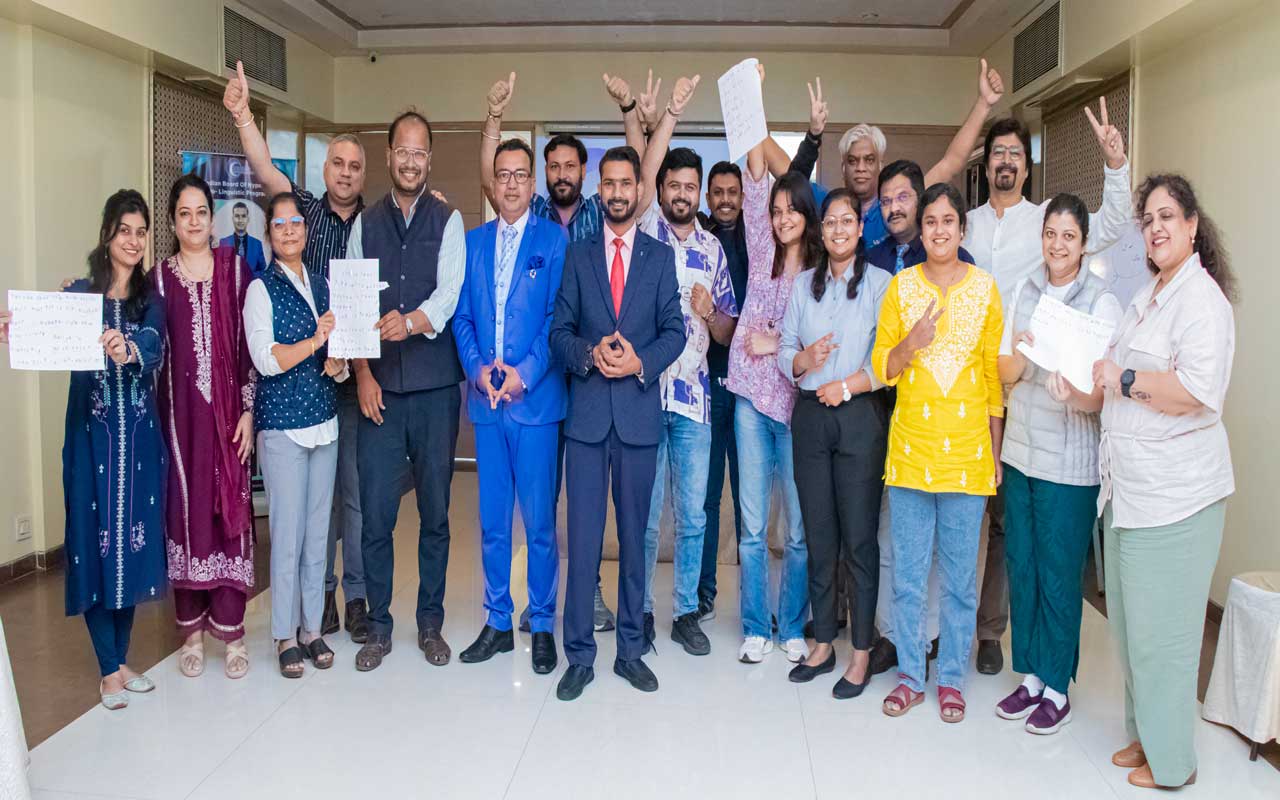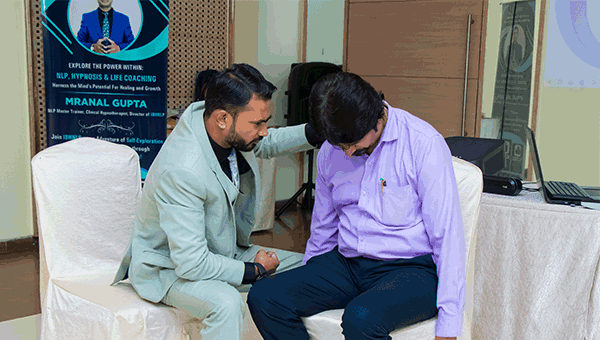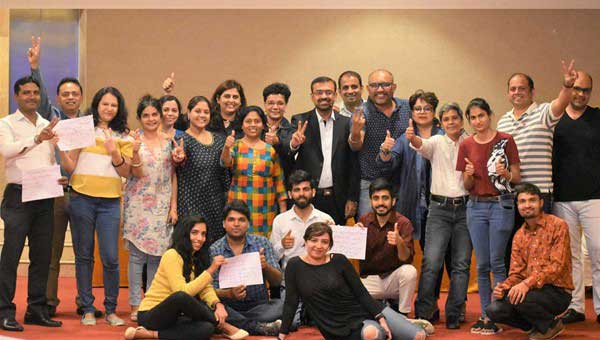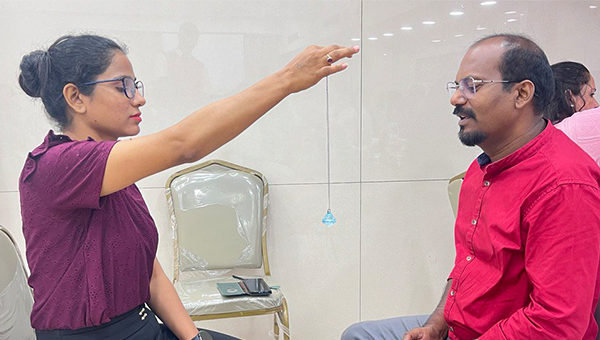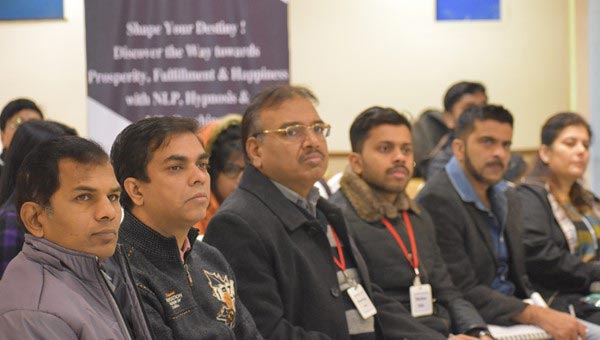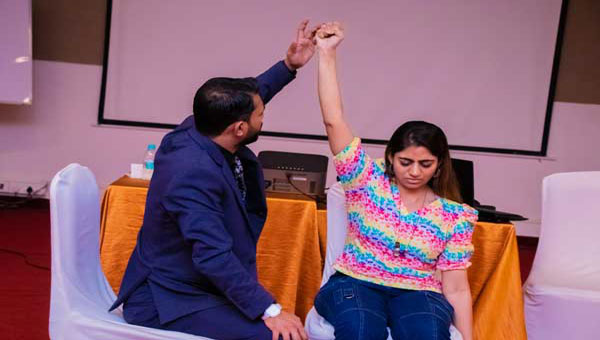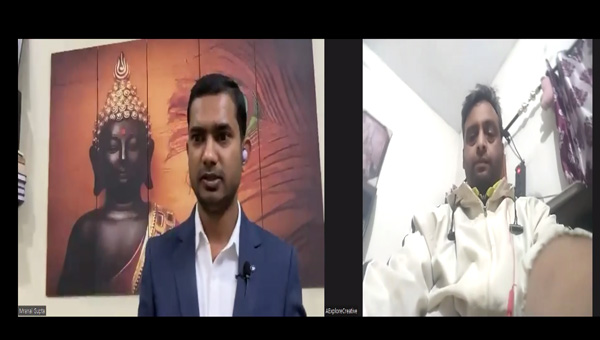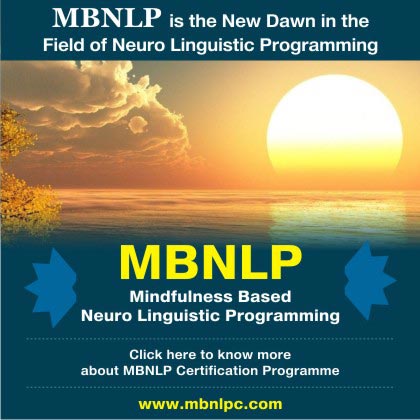Why should we have a different outlook towards NLP in India?
If we want to learn and use NLP Skills for our everyday purposes, then we need a different perspective towards NLP in India. (A lot of people learn NLP, but most of them fail to use it in day-to-day life because there is a lot of difference in what they have learned in training and what they have to use in everyday life.)
इसी ब्लॉग को हिंदी में पढ़ने के लिए, कृपया यहाँ क्लिक करें।
In NLP, ‘L’ stands for the language and NLP structures particularly Meta Model & Milton Model are originally developed in English. NLP has many NLP language patterns, which are used in everyday life in English, but we do not find similar patterns in Indian languages, so while understanding NLP, at least in India, we need to have a different perspective. That is why we will try to understand the answer to this important question in a little bit more detail, ‘Why should we have a different perspective towards NLP in India?’
1. Meta Model: You might have read that the NLP started with the Meta Model, which was based on the language skills of Virginia Satyr and Fritz Perls. In the world of therapy, these two people used to change the inner world of the client with greater ease. Where others used to take years for changing the things of the inner world and transformation of life, these two used to do that work in a few moments. Now the question is: how did Satyr and Perls use to do this life-changing work in moments?
Richard Bandler and John Grinder, the co-founders of NLP, inspected both of them and they found out that both Virginia Satyr and Fritz Perls were using the language with such accuracy and ease, that just by using their language, they were transforming the lives of the clients. After the profound study of their magical language, some patterns were seen in the use of language. After collecting those language patterns, when the NLP founders started using them, they also started getting amazing results. NLP founders also brought results in therapy like both Satyr and Perls.
It was hard to believe that the change was happening so fast, but there were hundreds of proofs of lives getting transformed. As a result, the first book was written on the basis of those NLP patterns, named ‘The Structure of Magic’, which was entirely based on the language and its usage. The book was about ‘How can we change the life of ourselves and those of others by using language?’
Meta Model guides us in the usage of the language. How, through the use of language, specific questions can be raised on the language, through which the inner world of our own & those of others, can completely be changed.
But the problem arises when we start using the Meta Model in Indian languages. There are some patterns of the Meta Model, which are not at all used in our Indian languages. In Indian languages, we ask questions in a little different way, that is why, we can’t use them in the original form at least in India and this is the reason why, at IBHNLP, we have introduced the Meta Model in Indian languages, especially in Hindi.
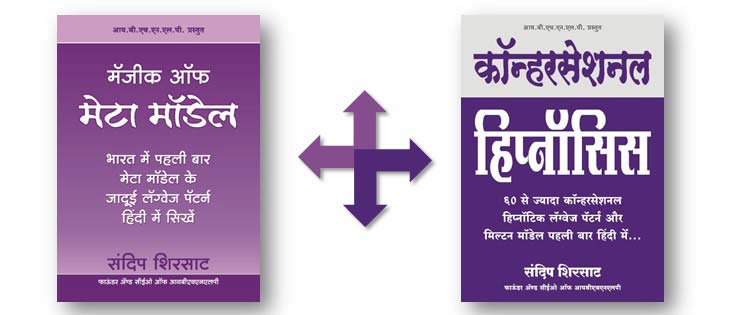
2. Milton Model: After the construction of the Meta Model, NLP founders met with one more magician of language. This magician was so powerful that without the client’s understanding, he was able to change your life. His name was Milton Erickson. Milton Eriksson was proficient in hypnosis. Ericson used to solve many complex problems of life like anxiety, frustration, feeling of indifference, stress, forgetfulness etc. through the use of hypnosis within a moment. He had effectively solved the life-long problems of lakhs of people and that also without letting them know that change is taking place. Erickson used to speak in such a way that the conscious mind used to get blocked and the instructions used to get settled in the subconscious mind. As soon as the instructions used to get settled in the subconscious mind, life would change. He used to communicate straightforwardly with our subconscious mind, because he believed that any change in life happens first in the subconscious mind and if the change happens in the subconscious mind, then only external change occurs, otherwise it would never happen. NLP founders collected the NLP patterns, the way Erickson was speaking and constructed the Milton model, which is an important foundation of NLP.
The Milton model is exactly opposite of the Meta Model. In the Meta Model, we make the language accurate or specific, on the contrary, in the Milton model, we make the language vague or ambiguous.
The same problem arises in the Milton Model in the Indian context, that we face with the Milton model. Some NLP patterns of the Milton Model are not used in Indian languages as they are used in English, so we have to find out the similar patterns like those English patterns Indian languages and this is done by IBHNLP. We have also converted the Milton model in Indian languages, especially in Hindi.
3. Conversational Hypnosis: The Milton model is also called as Conversational Hypnosis or we can say that Conversational Hypnosis was introduced to us by NLP through the Milton Model. This happened around 1975, when they started teaching the Milton Model in NLP and in the last forty years, different people have worked on conversational hypnosis. One such name is Igor Ledochowski. He put conversational hypnosis in a very easy way in front of the world.
While studying Igor Ledochowski, we felt that along with the Milton Model, if the conversational hypnosis was taught, then we could go ahead of the Milton model and then we created the Hindi version of Conversational Hypnosis and from there onwards, we started teaching the Conversational Hypnosis along with the Milton Model, which produced amazing results for us.
The problem here was the same, which was with the Meta and Milton model. Some NLP patterns are not used in Indian languages in the Indian context. So we researched & developed some similar NLP patterns in Hindi. Besides the Milton Model in NLP Practitioner, we learn more than sixty conversational NLP patterns, which are very easy to use in everyday life and thus we also introduced conversational hypnosis in Indian languages, especially in Hindi.
4. Eye Accessing Cues: For several years, eye accessing cues have been taught in NLP. Eye accessing cues means, we can identify what the next person is doing inside his brain, just by observing the way in which, the eyes move in different directions. For example, when the eyes turn upwards in the right direction and the person is trying to remember something, and if the eyes are tilted towards the top in the left direction, it means that the person is making the image inside his brain. Take a look at the image of an eye position.

Now, if you have been to dinner at the hotel and on the second day, if I ask you, what did you eat at dinner at the hotel? Where would your eyes go? Before answering, read the details given above and see the image of the eye position once again. The answer is, in the upper direction on the right side, because you are remembering the incident of going to that hotel. If you have not gone, still if you are saying, “Yes, I went.” and if your eyes moved towards the left side, then I will catch your lie in spite of saying 'yes', because you were not in the hotel. Despite not being in the hotel, you are making that image inside your mind just to say “yes”.
After a few years of study, it was found that the eye accessing cues couldn’t be proved true on scientific grounds. But still, many NLP institutes continue to teach it as a part of NLP. In IBNNLP, now we do not teach eye accessing cues. We teach some advanced scientific methods of developing sensory acuity. There are many other reasons as well, due to which we need a slightly different perspective towards NLP in India, such as mindfulness meditations are used in therapeutic purposes, the emergence of positive psychology, the development of neuroscience etc., but we will think about the other reasons in the next blog.
(Participants enrolling for integrated NLP Practitioner Certification Course would get NLP Practitioner Certification as well as Free Training and Certification of Hypnosis Practitioner + NLP Coach + Life Coach. Offer valid for a limited period only!)
